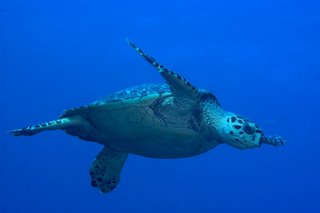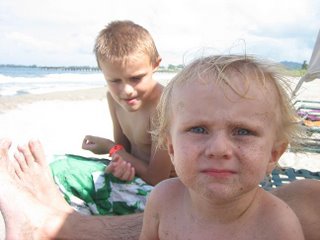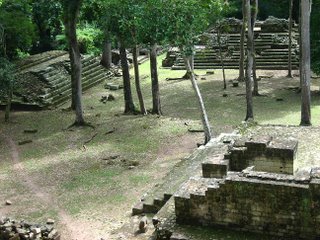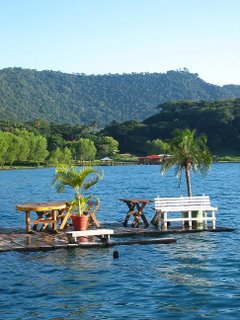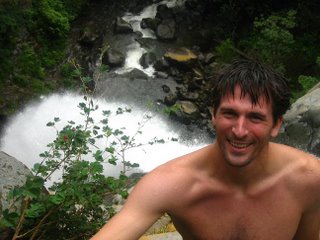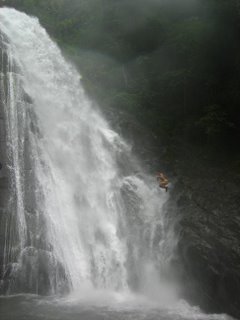Adios Honduras
View all photos from Honduras: http://share.shutterfly.com/action/welcome?sid=0AcNmzVq5YsWLEWg
Technically I have said good bye to Honduras for the second time now (after having entered and exited Honduras for a brief three day visit to the Copan ruins). My second Honduras trip though was much longer. I entered Honduras from Rio Dulce, Guatemala at the eastern border in between El Chinchado and Corinto. The trip to San Pedro Sula lead past the ocean and endless fields of Banana plantations (indeed I am in the banana republic). I spent a few days with my friend Kate and her family in a suburb of San Pedro Sula, which gave me a small glimpse into the expatriate community and lifestyle as well as the region’s most prestigious international school. From there I passed the Garifuna beach town Tela and spent a couple of relaxing days in the jungle just outside of La Ceiba (hiking, swimming, climbing on rocks and relaxing in comfortable hammocks). The 1 hour ferry ride from La Ceiba took me to Utila, a small Caribbean island. As almost every other tourist on the island I have come to dive, and loved every minute of it. I wound up staying almost 20 days, somewhat longer than I had anticipated. This was due to 1) the amazingly capturing experience of diving, 2) due to the many great people I met, which whom I had so much fun making a departure difficult and 3) a storm which prevented any ferry navigation to and from the island for seven days (it is an interesting experience to see the supermarket shelves increasingly empty as the days go by and restaurants crossing off more and more items off their menus).
My trip south led me through San Pedro Sula once more and then to the hilly, crowed capital Tegucigalpa. From there I passed the Gulf of Fronseca and Choluteca and finally crossing the border into Nicaragua at El Trinto / Guasaule. It is amazing how different the climate can be in such a small country leaving the Caribbean behind in stormy rainy season and reaching the Pacific being greeted by the sun smiling form a cloudless sky.
I have to admit that my Honduras experience was by far the most touristy so far (I spent most of the time diving on Utila) and I wish I could have experienced normal Honduran life more fully (hopefully in Nicaragua) but nevertheless (despite its poverty) I found Honduras friendly and charming.
















